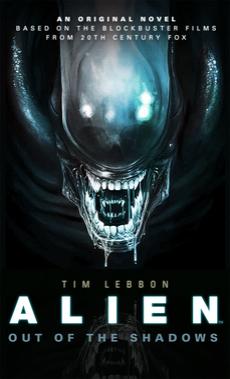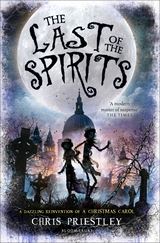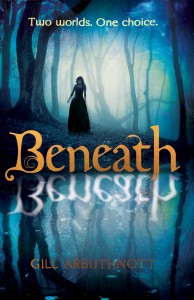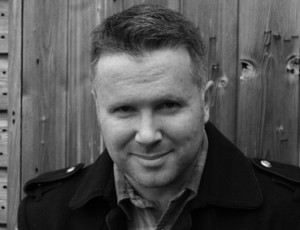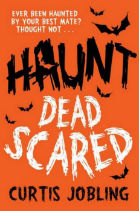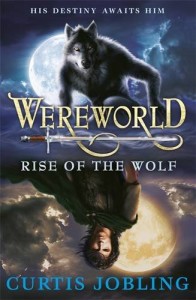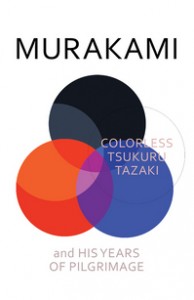ALIEN: Out of the Shadows
By Tim Lebbon
Published by Titan Books, paperback, £7.99, OUT NOW
I remember reading about this in the month or so running up to its release and I admit to scoffing at the premise. Set 37 years after the events of the classic Ridley Scott film, ALIEN, the central plot to ALIEN: Out of the Shadows sees Ellen Ripley’s Narcissus lifecraft home in on a distress signal emitted by a mining ship, The Marion, orbiting the inhospitable (but mineral rich) planet LV178, interrupting her hypersleep.
Why is her craft drawn to the mining vessel? A big question that is, thankfully answered. And that is what Tim Lebbon’s book does; it poses incredulous questions and then proceeds to answer them rather well indeed. Such as, how was this storyline simply forgotten by her twenty years later in ALIENS? Again, this is answered. You will either accept the inventive plotting as, well, inventive, or you will not.
My advice: go with it.
Within the week that I began to read this book, images were released via film director Neill Blomkamp’s Instagram acc (http://instagram.com/p/xXEDNNqhKi/?modal=true) that showed concept artwork for a proposed Alien sequel (Blomkanp’s cryptic accompanying text to the image: “Was working on this. Don’t think I am anymore.”) – that is, not a prequel or any relation to the Prometheus series. Now, these images of Weyland-Yutani HQ, of Ripley, and what looked like Hicks (leading to the question of this ghost project being an alternate storyline / clone plot), stoked my imagination, and reminded me that the Alien series is far from finished.
(Editor’s aside: it does make me wonder whether, with the release of this “official” trilogy of Ellen Ripley starring yarns, along with Blomkamp’s images, there is in fact an attempt at work to test teh waters to see if there is still the demand for a direct ALIEN sequel, as well as the already in production Prometheus sequel. The Ridley Scott-directed Prometheus was a very mixed bag but had its moments. You can read my review, if you like… http://www.geekzine.co.uk/2012/07/prometheus-15-editors-ranting-review/ – Aside over…)
I duly delved into Alien: Out of the Shadows, truly intrigued to see what author Lebbon would do with his peculiar premise.
To his immediate credit, Lebbon starts things fast and furious, with the familiar xenomorphs appearing by page 22, as we are quickly introduced to the main protagonist, Chris Hooper, an engineer aboard the aforementioned vessel, The Marion, property of the Kelland Mining company, who are revealed to be an unofficial subsidiary of the sinister Weyland-Yutani corporation… (a key plot point that does not go ignored)
The ship is orbiting the dry desert rock of a planet that is LV178, significant only for its valuable commodity of the ore Trimonite, mined deep below the surface (“Hardest substance known to man. It’s fifteen times harder than diamond, and extremely rare”). As two dropships return to The Marion from the surface of LV178 it becomes clear that all is not well – they have some rather vicious cargo aboard…
Disaster quite literally strikes The Marion, leaving her in a decaying orbit, and with a small crew of survivors. Hooper puts out a distress signal, and within weeks the unexpected arrival of, not a rescue ship, but the lifecraft Narcissus docks with The Marion, having homed in on the repeating signal. As to the why and the how of this, it is very well explained and runs as an ongoing mystery throughout the book. When the revelation comes, it is a WTF moment (an unexpected familiar character makes an unusual and inventive cameo).
Ripley is reawakened by Hooper and the rest of the ragtag crew and is horrified to find that the monsters she thought she had left behind are here waiting for her, down on the planet. Plans are made to abandon The Marion but, as fate would have it, the fuel cells that are needed for their escape are stored down at the mining facility on LV178… Shit, meet fan.
The trip to the mining facility on LV178 is where the bulk of the middle third of this book is set, and it would have been very easy for Lebbon to trade inventiveness for familiarity. Thankfully he does not, and the utter claustrophobic nature of the cramped conditions of the mines are gripping and a suitable contrast to what we have seen before in the ALIEN universe. And just when you think you know what to expect, you are left surprised; there are more than one or two moments where I found myself thinking that Lebbon had hit upon something really cool (some very intriguing other xenomorphic activity, in a neat nod to Prometheus). But the tension and pace is cranked so high that you can’t ponder any fresh contemplations – you are rattled along with the survivors (an engaging bunch and a cut above your usual xeno-fodder) as they seek to escape the mining facility with their fuel cells.
The final third of the story is where the meat of this book lies and it does not disappoint with its finale. Questions are answered, and revelations are confirmed, and Tim Lebbon is now an author I will read more of.
This is the first in a trilogy, followed by ALIEN: Sea of Sorrows by James A. Moore, and ALIEN: River of Pain by Christopher Golden. On the strength of Lebbon’s book, they have a lot to live up to.
Review by Geekine UK’s Editor-in-Chief, Andy Jamieson.
Check out Tim Lebbon’s website: http://www.timlebbon.net/

